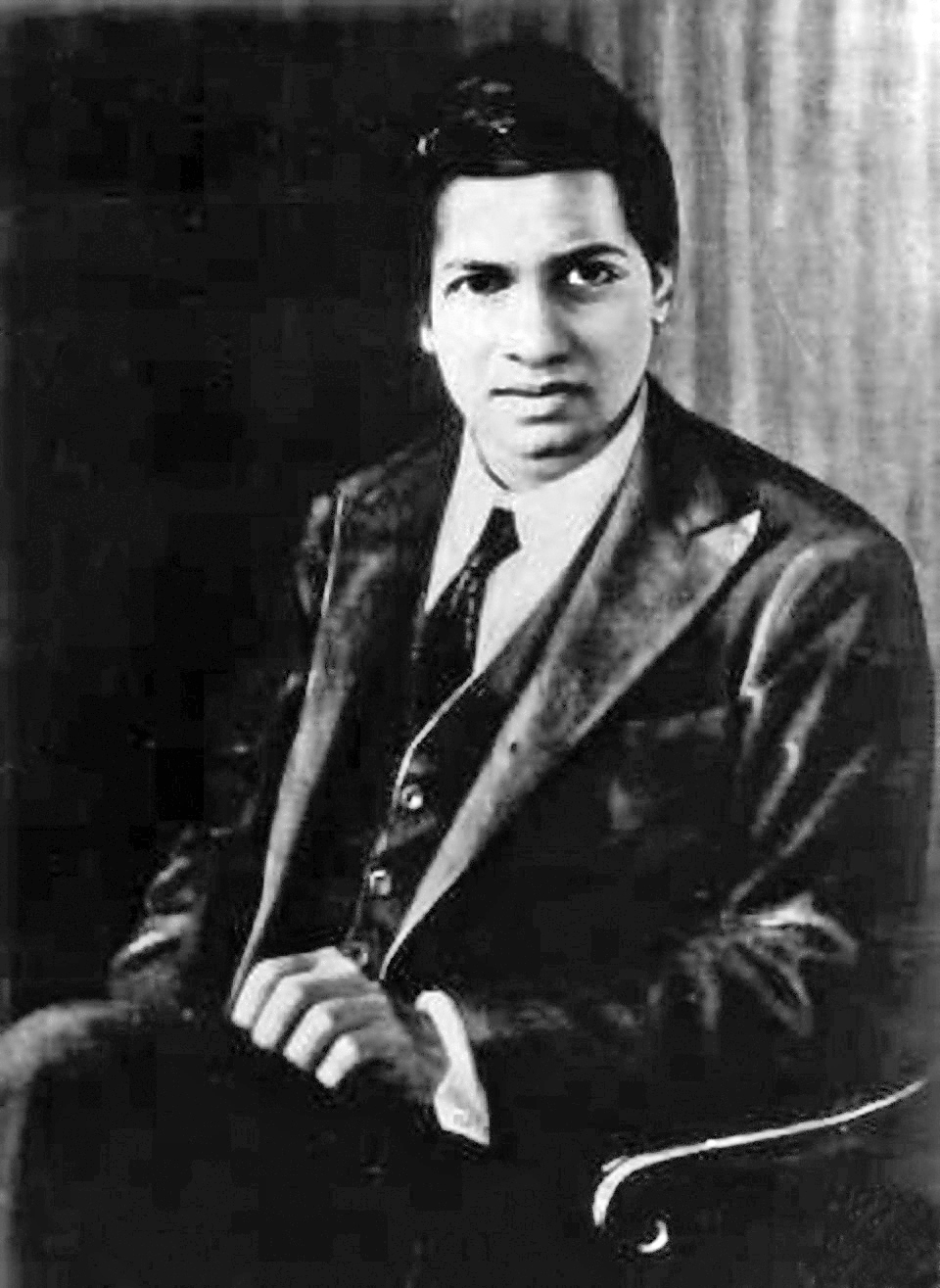The Lives* of the Mathematical Ninja: Srinivasa Ramanujan
If you ever reach the upper echelons of mathematical research, you will get a fair number of letters and emails from cranks wanting you to champion their crackpot schemes. It goes with the territory. Some of them are entertaining, most of them are harmless, misguided buffoons, and some are dangerous psychopaths. Virtually none of them are ever worth the time you spend throwing them out.
But you read them. Because once – exactly once – in history, it turned out that reading a crackpot letter was the right thing to do.
In January 1913, mathematician G.H. Hardy received a nine-page letter from India. Some of its contents were well-known to him, but others were so bizarre that he suspected a hoax.
It was no hoax.
The letter came from Srinivasa Ramanujan. Ramanujan had very little formal mathematical training – he’d learnt most of his maths from textbooks instead – but Hardy was interested enough in his results to invite him to Cambridge to collaborate.
If I was making Ramanujan’s life story up, I’d have had him as a hard-living bad boy star who burned out too young (he died when he was just 32) but in truth he was a shy, mild-mannered lad who suffered from poor health all through his life.
So far, so banal: Indian wonderkid chats up professor, comes to England, does some maths and dies young. There’s not much story there. But the maths that Ramanujan did was phenomenal. Ramanujan and Hardy – much like Laurel and Hardy – were polar opposites. Ramanujan was very much an intuitive mathematician, while Hardy was always complaining about fine messes. had a much more formal approach to things, which seems to me like a nicely complementary way of working – but must have been incredibly frustrating. Ramanujan’s notebooks are full of identities simply written down as if plucked from the ether; if he had proofs for such things, he didn’t bother to write them down.
And, above all, he was fast, which is what qualifies him as a mathematical ninja.
* This potted biography is… well, based on a true story. The details are wrong in places, because it makes for a better story.
* Image from wikipedia by Konrad Jacobs used under a creative commons license
